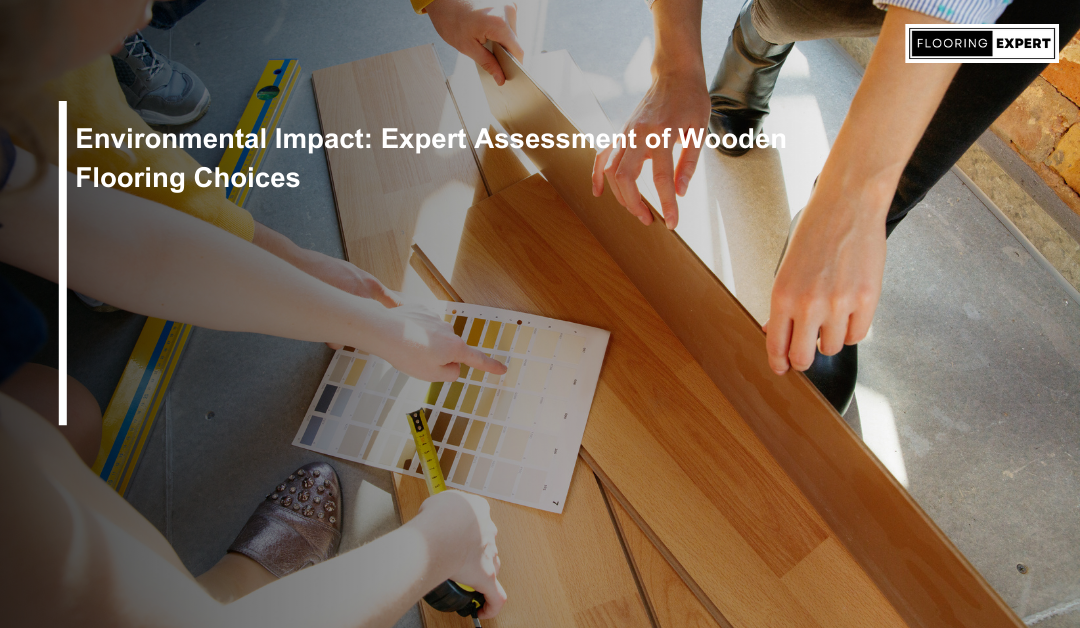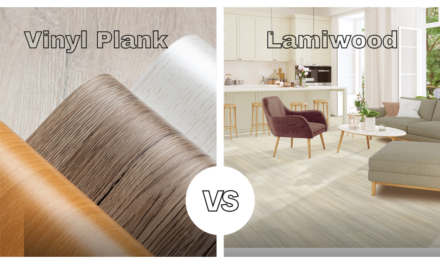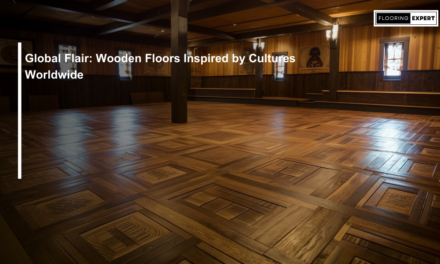Wooden flooring is a popular choice for homeowners due to its natural beauty, durability, and timeless appeal. However, concerns about the environmental impact of wooden flooring have led many consumers to seek sustainable and eco-friendly options. In this article, we will provide an expert assessment of different wooden flooring choices, considering their environmental impact and sustainability credentials.
Understanding Environmental Considerations:
Before delving into specific types of wooden flooring, it’s essential to understand the key environmental considerations involved in their production and use. Here are some factors to consider:
- Sustainable Sourcing: Sustainable forestry practices ensure that wood is harvested responsibly, minimizing the impact on forest ecosystems and biodiversity. Look for wooden flooring certified by reputable organizations such as the Forest Stewardship Council (FSC) or the Programme for the Endorsement of Forest Certification (PEFC), indicating that it comes from well-managed forests.
- Renewable Resource: Wood is a renewable resource that can be replenished through responsible forestry practices. Unlike non-renewable materials such as vinyl or laminate, wooden flooring has the potential to be carbon-neutral when harvested sustainably.
- Energy Consumption: Consider the energy and resources required for the manufacturing process of wooden flooring, including logging, transportation, processing, and finishing. Opt for flooring manufactured using energy-efficient practices and eco-friendly finishes to minimize environmental impact.
Expert Assessment of Wooden Flooring Choices:
When evaluating wooden flooring choices, experts consider various factors beyond aesthetics and durability. Here’s an expert assessment of different types of wooden flooring in terms of their environmental impact:
Solid Wood Flooring:
Solid wood flooring is made from solid wood planks, offering natural beauty and durability. While solid wood flooring is a renewable resource, its environmental impact depends on factors such as wood species, harvesting methods, and manufacturing processes. Choose solid wood flooring from sustainably managed forests and manufacturers committed to eco-friendly practices to minimize environmental impact.
Engineered Wood Flooring:
Engineered wood flooring consists of a thin layer of real wood veneer bonded to a plywood or composite substrate. Engineered wood flooring offers the same aesthetic appeal as solid wood flooring but with added stability and versatility. Look for engineered wood flooring made from sustainable wood sources and manufactured using low-emission adhesives and finishes to reduce environmental impact.
Bamboo Flooring:
Bamboo flooring is gaining popularity as a sustainable alternative to traditional hardwood flooring. Bamboo is a fast-growing grass that can be harvested sustainably without causing deforestation. Bamboo flooring is highly renewable, durable, and resistant to moisture, making it an eco-friendly choice for environmentally conscious homeowners.
Reclaimed Wood Flooring:
Reclaimed wood flooring is sourced from salvaged or recycled wood, such as old barns, factories, or shipping pallets. By repurposing existing wood materials, reclaimed wood flooring reduces the demand for new timber and prevents valuable resources from ending up in landfills. Reclaimed wood flooring offers unique character and history while minimizing environmental impact and promoting sustainability.
Conclusion:
Wooden flooring can enhance the beauty and value of a home, but it’s essential to consider its environmental impact when making purchasing decisions. By evaluating factors such as sustainable sourcing, renewable resources, and energy consumption, homeowners can choose wooden flooring options that minimize their environmental footprint. Whether opting for solid wood, engineered wood, bamboo, or reclaimed wood flooring, selecting sustainable and eco-friendly options contributes to a healthier planet and a more sustainable future. With expert assessment and careful consideration, wooden flooring can be both beautiful and environmentally responsible.





